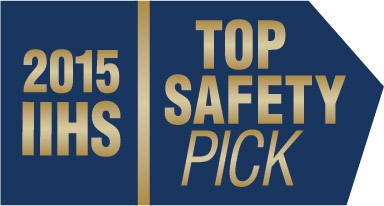Vehicle Safety Ratings in Trinidad and Tobago
“It has ANCAP Five Star Rating.”
“This year it was nominated IIHS Safety Pick.”
In Trinidad and Tobago these acronyms are carelessly thrown around and in a market saturated with automobiles for every personality and budget, how can you decipher the code? Let’s help…
When the unexpected happens no one cares if you just “…woke up in a new Bugatti” or if the car you’re driving has a prancing horse on it. What counts? Highest chance of survival.
So what determines your car’s safety rating?
Structural Integrity – how the shell of a vehicle withstands and channels crash forces away from occupants. This varies substantially from make to make, and model to model. A sound structure is vital when it comes to saving lives.
Safety Features – built-in safety features such as airbags, antilock braking systems (ABS), electronic stability control (ESC) and seat belt pre-tensioners help prevent or manage the forces of impact. All are critical features.
Safety Assist Technologies (SAT) – did you know? Approximately 90% of crashes involve some form of human error. Advanced safety assist technologies aid the driver in avoiding or reducing the severity of a crash. These include autonomous emergency braking (AEB), lane departure warning (LDW), blind spot monitoring (BSM) and fatigue monitoring systems (FMS).
The combination of a sound structure, good restraint systems and active safety technologies provide the best chance of survival in a crash. So be sure to choose a car that will protect you, your passengers and other road users whether driving on the Maracas Road, down Charlotte Street or cruising on the Solomon Hochoy Highway.

When you subscribe to the blog, we will send you an e-mail when there are new updates on the site so you wouldn't miss them.



